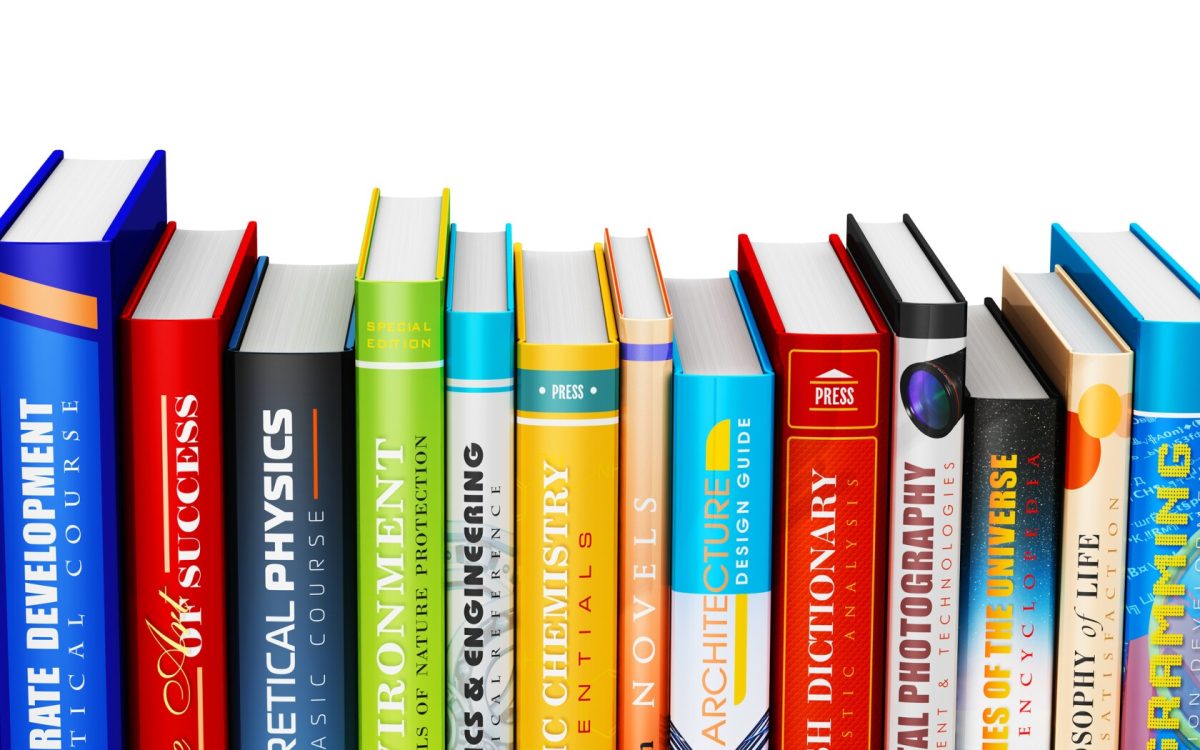
Technology is all around us, from waking up to alarms to staying connected with friends and even learning in class. It not only connects us socially, but has revolutionized the way we learn in school. We use our chromebooks daily, we watch videos on the smartboards, and we can access our textbooks online. You know, we haven’t always had this much tech in schools. Technology has improved not only our social lives, but our learning as well.
When Mrs. Humphries started teaching, her classroom was strictly textbook material, minus the occasional VHS tape. She would have to go down to the library and check out a tape before taking it back to her class. Years later, she started teaching elementary school. When she taught elementary school, she recalls the challenges of getting students logged in for the computer lab. “I remember taking my class to the computer lab. Most of the students were not very experienced with logging in so that took a lot of time.” said Mrs. Humphries. Now, we simply pull out our chromebooks to do research. Years ago, you had to go down to the library and go through a long and difficult process. Mrs. Humphries prefers to teach with today’s modernity, stating “So many resources to use. If a question we don’t know comes up, the answer can usually be found immediately. There are also so many different ways to present the material now. The subject can be presented to students in many exciting, different ways.”
When Mrs. Quarry started teaching, her class was also almost strictly textbook material. Everything was on paper and calculated by hand. She had 3 computers in her classroom, but they were not for student use. Although, the students could use the computers in the computer lab. Mrs. Quarry remembers her struggles with it, though. “PKMS only had one computer lab for a long time, and we had to schedule around other classes that used it. It took forever for the computers to turn on and for the students to log in. They really didn’t have a lot of time to work.” For a long time, she would write everything on a chalkboard or marker board and come home with stained hands. Now, she uses a document camera attached to her smartboard so her students can follow along. She claims it is much easier to teach with the new technology. Despite this, she prefers to teach with a mix of “old school” and modern teaching methods. “Since I teach math, we need to do things on paper. Work needs to be shown. Technology is just an added bonus to make things easier.” She can now post videos of her notes and post worksheets for absent students on Google Classroom and utilize the internet to find extra activities for her students.
As technology continues to advance, new learning methods and opportunities are introduced. Classrooms will continue to grow and adapt to students’ needs to give them the best learning experience possible. Students can access millions of resources, like AI tools and even virtual reality, and gain extensive knowledge in many different areas. The future of education is looking bright.